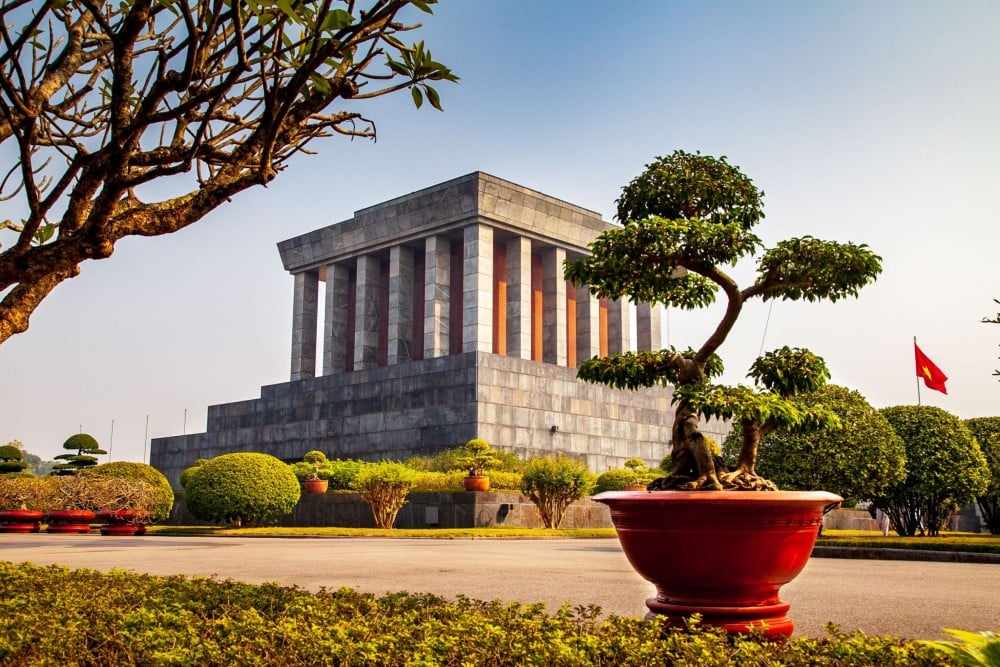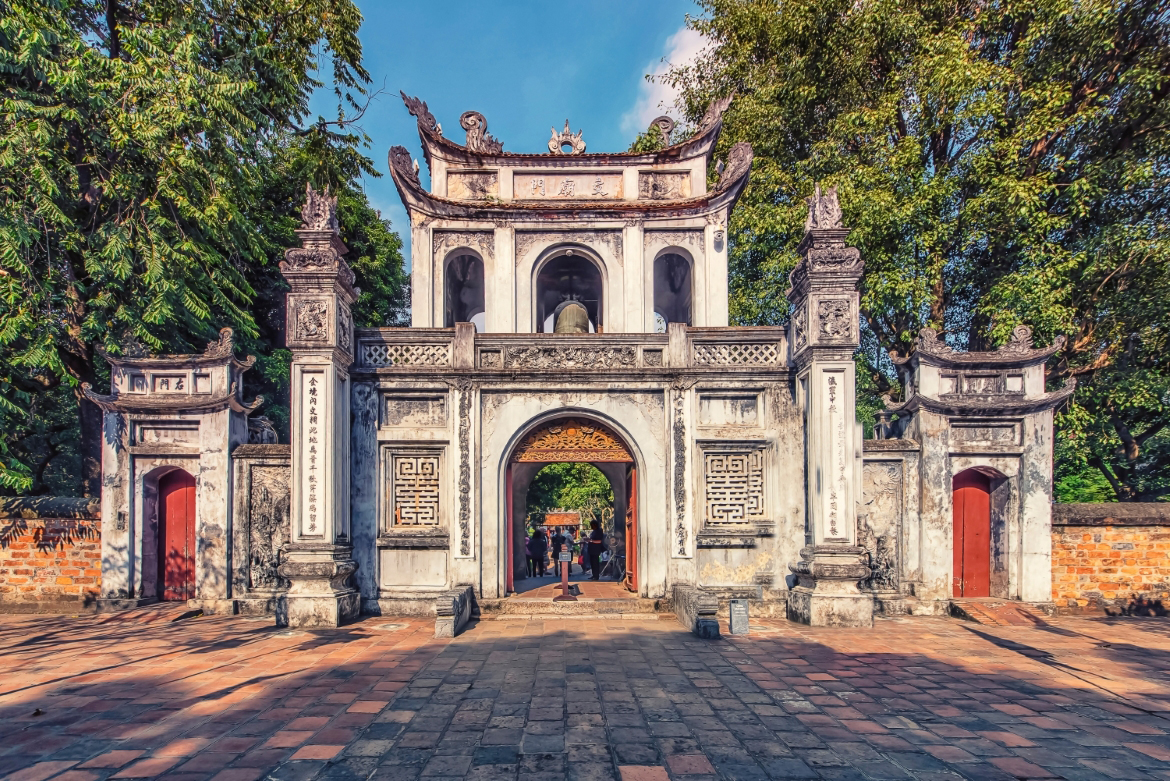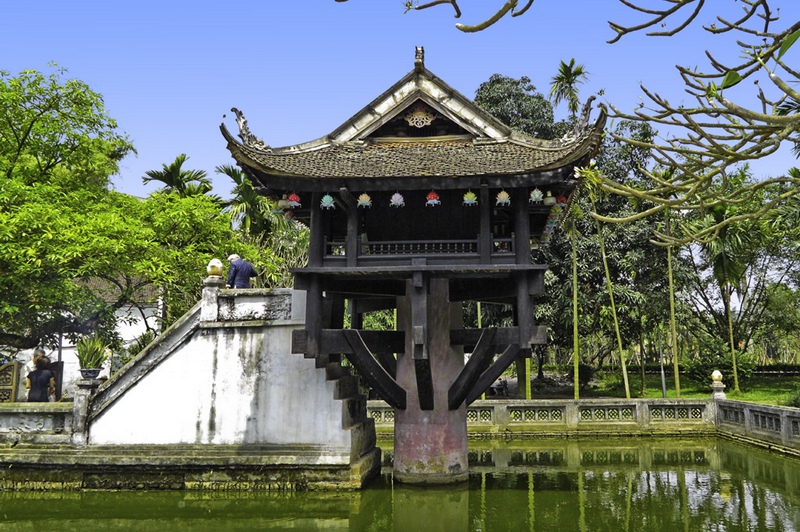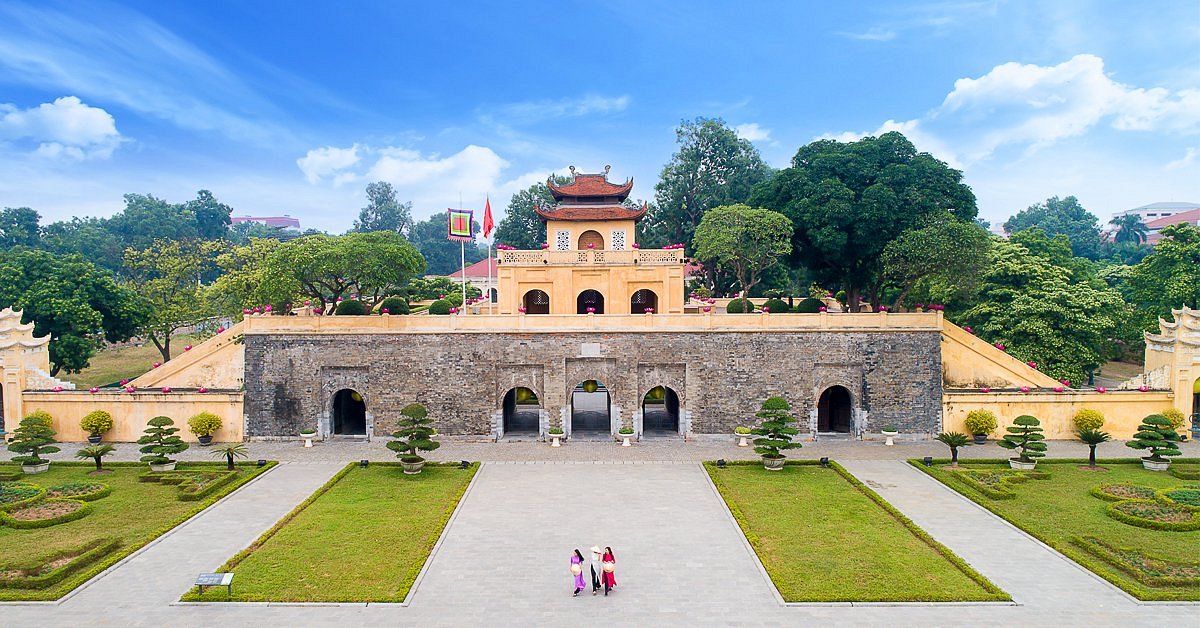Step back in time and immerse yourself in the rich history of Hanoi, where ancient landmarks weave tales of the city’s cultural heritage. From grand mausoleums to serene pagodas, each historical site stands as a testament to Vietnam’s storied past. In this article, we will explore 5 must-visit historical sites in Hanoi, providing informative details for foreigners, including ticket prices, locations, and unique specialties of each site. Join us on a captivating journey through time as we discover the historical gems of Vietnam’s capital.
Ho Chi Minh Mausoleum
The Ho Chi Minh Mausoleum is a symbol of reverence and a place of great significance for the Vietnamese people. Located in Ba Dinh Square, it houses the preserved body of President Ho Chi Minh, the founding father of modern Vietnam. Visitors can pay their respects to the iconic leader and witness the meticulous preservation process. The mausoleum is open to the public from 8:00 AM to 11:00 AM on most days, except Mondays and Fridays. As a sign of respect, visitors are required to dress modestly and maintain a solemn demeanor while inside. Entrance is free of charge.

Temple of Literature (Van Mieu – Quoc Tu Giam)
Built in 1070, the Temple of Literature is Vietnam’s first university and a symbol of Confucianism’s influence on the country’s education system. The site is dedicated to the worship of Confucius and his disciples, and it exudes an air of scholarly reverence. Wander through the picturesque courtyards and admire the stunning architecture, including pavilions, stone steles, and gardens. The Temple of Literature is open daily from 8:30 AM to 6:00 PM, and the entrance fee is approximately 30,000 VND (subject to change).

One Pillar Pagoda (Chua Mot Cot)
Situated near the Temple of Literature, the One Pillar Pagoda is an architectural marvel and a unique representation of Vietnamese Buddhism. The pagoda was constructed in 1049 by Emperor Ly Thai Tong, inspired by a dream in which he received a son from a lotus flower. The pagoda’s design features a single stone pillar rising from a lotus pond, resembling a blooming lotus flower. This serene and picturesque site is free to visit, and it’s a great spot for quiet contemplation amidst the bustling city.

Imperial Citadel of Thang Long
A UNESCO World Heritage Site, the Imperial Citadel of Thang Long is an archeological complex that served as the political and cultural center of ancient Hanoi for over a thousand years. Discover the vestiges of royal palaces, temples, and ancient structures as you stroll through the vast grounds. The Citadel’s intriguing history is brought to life through various exhibits and artifacts in the on-site museum. The entrance fee is approximately 30,000 VND, and the site is open from 8:00 AM to 5:00 PM (closed on Mondays).
Hanoi’s historical sites offer a fascinating glimpse into the city’s illustrious past and cultural heritage. Put on your explorer’s hat, venture through time, and let the historical treasures of Hanoi leave an indelible mark on your heart.



Comment (0)